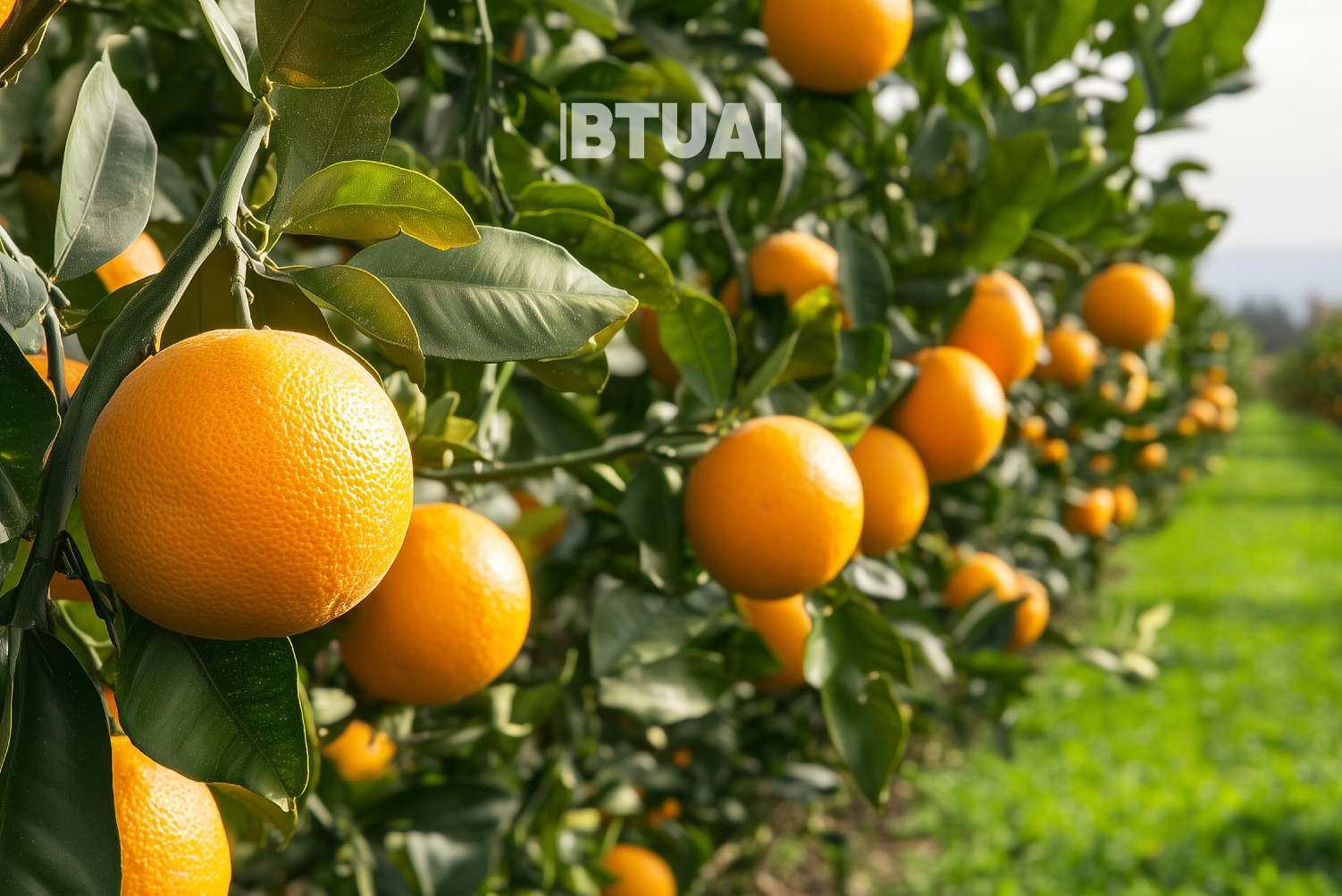Challenges and Prospects of Georgia’s Citrus Market
Citrus production has always played a significant role in Georgia, particularly in the Adjara region, where mandarins have been

Citrus production has always played a significant role in Georgia, particularly in the Adjara region, where mandarins have been a cornerstone of the local economy. During the Soviet period, Georgia was one of the leading suppliers, and after independence, production continued to develop, though finding new markets became essential.
In 2023, mandarins dominated citrus production, accounting for 92% of the total output, highlighting their economic importance. Oranges and lemons constituted a relatively small portion, though their production has been increasing.
In recent years, mandarin exports have grown, yet their instability remains a major concern. In 2024, mandarin exports amounted to $28.5 million, a slight decrease from the previous year. However, since 2015, exports have doubled overall. Orange exports totaled $2.3 million, while lemon exports reached $3.1 million.
In January 2025, 70% of mandarin exports were directed to Russia, where 1,523 tons of mandarins were sold for $983,000. During this period, Georgian mandarins were exported only to two markets—Russia and Armenia—where 639 tons were sold for $333,000.
Despite the growth in exports, relying on only a few countries poses risks to industry. To ensure export stability, market diversification is crucial, along with the development of modern storage and transportation infrastructure to improve product quality and competitiveness. Additionally, enhancing support for small and medium-sized farmers is essential to help them adapt to international demands and strengthen the position of Georgian mandarins in the global market.




